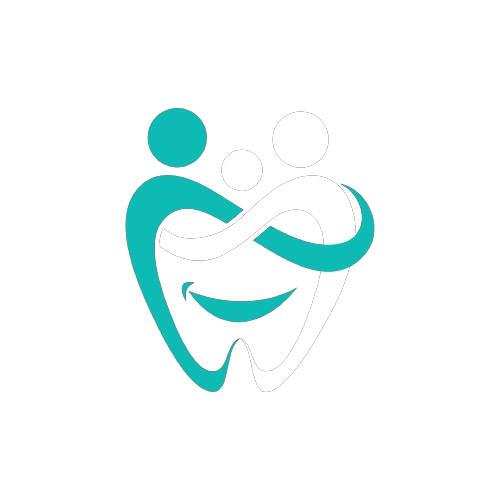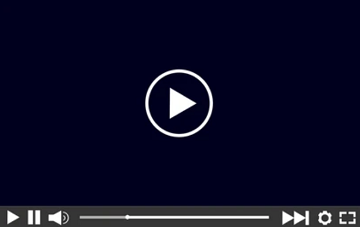Oral hygiene is an integral part of your overall well-being. Cleaning your teeth properly means removing food particles and bacteria that would otherwise build up over time. Not doing so can lead to tooth decay, gum disease, and bad breath.

While many people have a regular oral hygiene routine, they may need better tools or techniques. Brushing your teeth with poor form can reduce the benefits of brushing.
In this article, we’ll talk about how to brush your teeth properly. We’ll also discuss other oral hygiene tips.
How to Brush Your Teeth Properly
To brush your teeth effectively, follow these steps:1
- Wet your toothbrush with cold water — Choose a soft-bristled toothbrush, as stiff bristles can damage your enamel and irritate your gums
- Apply a pea-sized amount of toothpaste — A toothpaste containing fluoride or hydroxyapatite will be best for remineralizing your teeth2
- Put your toothbrush up to your teeth at about a 45-degree angle — Press firmly but gently, moving the brush in short circular strokes along the gum line
- Spend 30 seconds on each quadrant of your mouth — Be sure to brush the back surfaces of your teeth as well
- Gently brush your tongue — Bacteria can build up on your tongue just as they do on your teeth
- Once done, spit out the toothpaste and rinse your mouth — Be sure to rinse your brush as well, then place it upright in a container or holder
Transform your smile with the best toothbrushes of 2024. Find your perfect brush here.
How Long Should You Brush Your Teeth?
The ADA recommends brushing for at least two minutes twice daily. This brushing time means spending at least 30 seconds on each quadrant of your mouth (top left, top right, bottom right, bottom left).
Some people struggle to brush consistently for the recommended amount of time. If you want to ensure you spend enough time brushing, set a timer. Many electric toothbrushes have built-in timers.
Should You Brush Before or After Flossing?
Dentists generally recommend brushing after flossing. With plaque and food debris out of the way, your toothbrush and toothpaste can reach between your teeth better.

If you brush and then floss, don’t worry—it’s still good that you’re flossing. But try to change your routine’s order to more effectively prevent food and plaque from remaining in the crevices of your teeth.
Experience the next level of flossing with 2024’s cutting-edge water flossers. See our expert recommendations here.
Electric vs. Manual Toothbrushes
Electric and manual toothbrushes can effectively remove plaque and clean your teeth. However, electric toothbrushes make brushing easier because they do some of the “technique work” for you.

An electric brush can also improve brushing time since it typically has built-in timers.
Electric toothbrushes are beneficial for people who:
- Have limited dexterity (children, elders, or people with disabilities)
- Are undergoing orthodontic treatment with braces
- Want to ensure they brush for long enough (electric toothbrushes often have timers)
If you choose an electric toothbrush, your overall routine will be similar. But your technique will be more straightforward in the following ways:
- Since the toothbrush makes back-and-forth or circular motions, you only need to ensure the bristles reach every tooth surface
- You don’t have to apply as much pressure with an electric toothbrush
Be sure to use an electric toothbrush with the ADA Seal of Acceptance. You should also read the instructions for your electric toothbrush before using it.
Common Tooth Brushing Mistakes
Even if you brush routinely, you may need to include some critical practices that help keep your teeth clean. Here are some common tooth-brushing mistakes to avoid:
- Using a brush with bristles that are too hard—Soft bristles are better than medium and stiff bristles. They’re less likely to damage your enamel or irritate your gums.
- Not brushing long enough — Spend at least 30 seconds on each quadrant of your mouth. Using a timer or an electric toothbrush with a built-in timer can help.
- Using excessive or insufficient toothpaste — It’s best to use an amount about the size of a pea.
- Not brushing twice a day — Brushing 30 minutes after breakfast and before bed is recommended. Otherwise, it will be easier for plaque to accumulate on your teeth.
- Brushing too hard — Like using a hard-bristled brush, brushing too hard can damage your gums and tooth enamel.
- Failure to reach all tooth surfaces — This habit allows plaque to continue building up in the neglected areas, which could lead to cavities or gum disease.
Smile brighter, fight cavities, freshen breath – 2024’s best toothpastes deliver. See our expert picks here.
Other Oral Health Tips for Clean Teeth
A good toothbrush, quality toothpaste, and proper brushing technique are essential, but they are only one part of a proper oral hygiene routine. To ensure your teeth stay clean and healthy, do the following in addition to brushing correctly:
- Floss at least once a day, preferably before brushing
- Limit your intake of refined sugar and try to include a variety of whole foods
- Visit your dentist every six months for routine cleanings
- Ask your dentist for advice and information


Mastering proper toothbrushing techniques ensures thorough oral hygiene and a sparkling smile.
Learning how to brush your teeth correctly is essential for preventing cavities and gum disease.
Understanding the importance of proper tooth brushing techniques promotes long-term dental health.